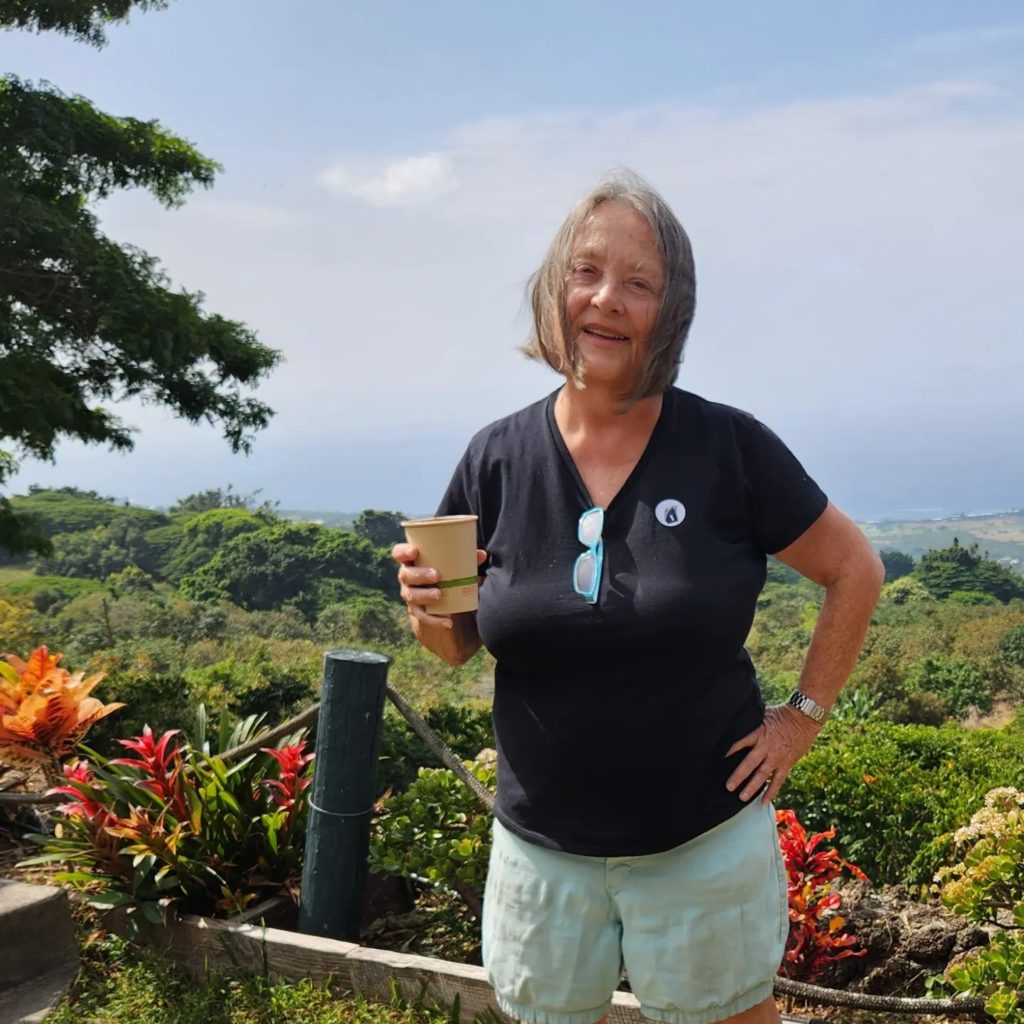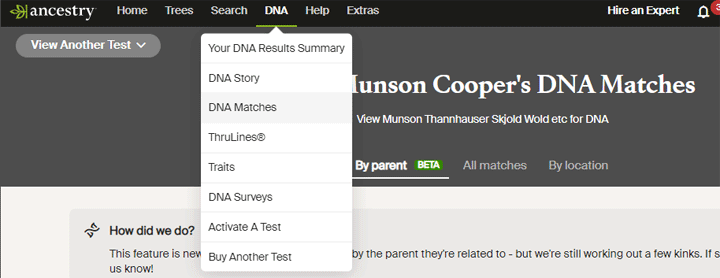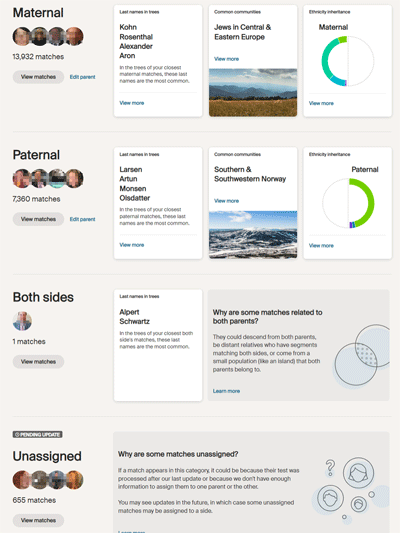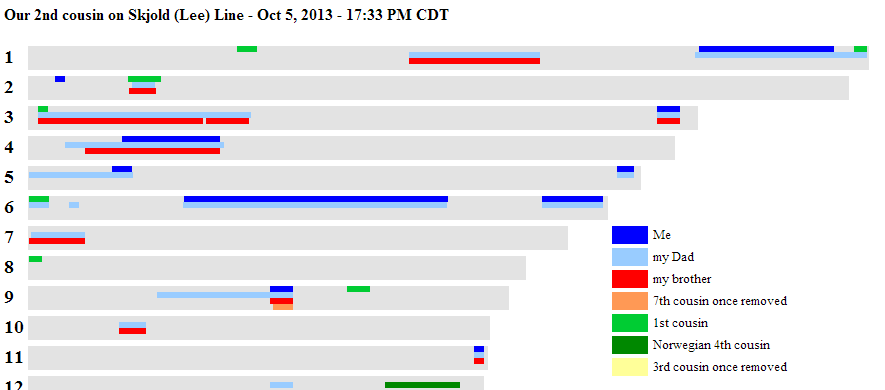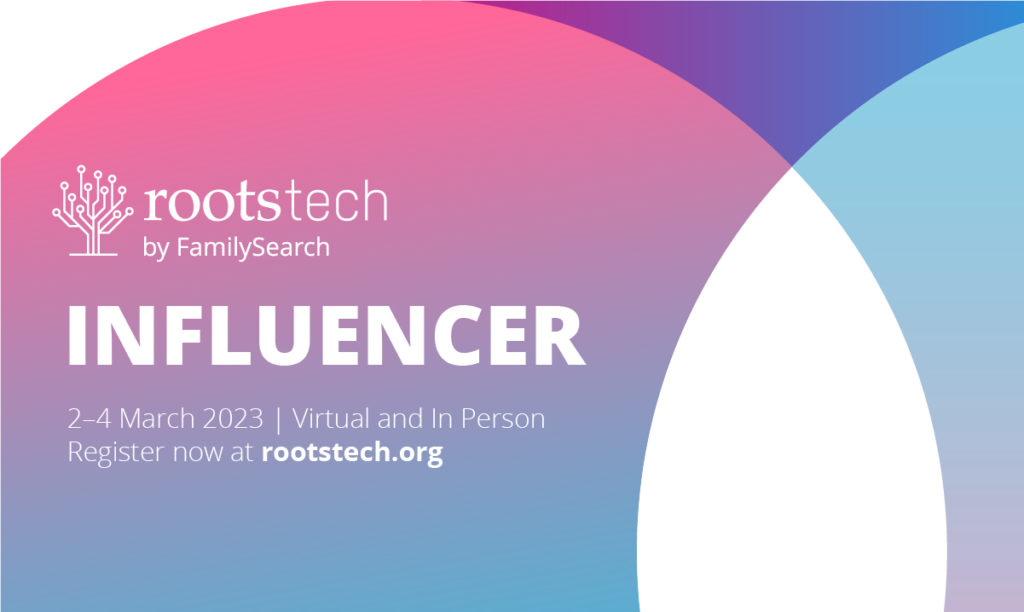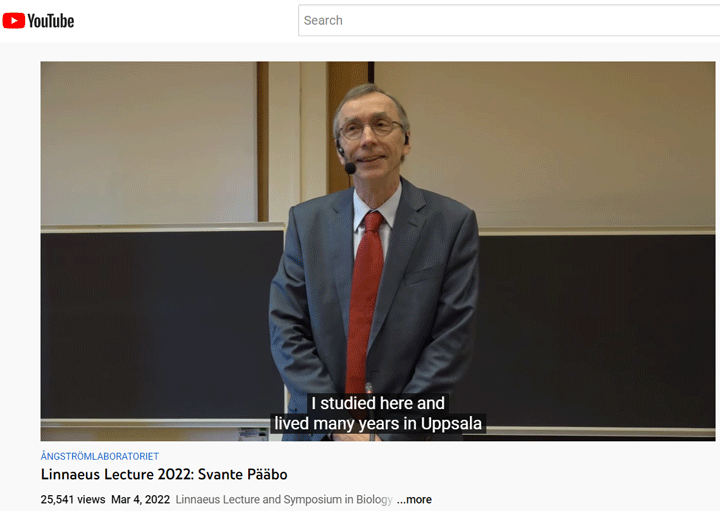Aloha from my Hawaii cruise. Apologies to all of you for not getting any blogging or work done while at sea. My brain kept telling me I was on vacation!
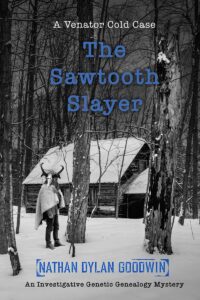
One thing I like to do when cruising is to read fiction by the pool or at night. My new favorite mystery author is Nathan Dylan Goodwin who has a series about a forensic genealogist as well as a wonderful new series about a fictional genetic genealogy company called Venator.
I read the second Venator book first, The Sawtooth Slayer, which Nathan was kind enough to send me for a review. It stood up well, even though out of sequence. I then lent it to a friend who is neither a genealogist nor a DNA tester to see if it was an enjoyable read for her and others like her. She really liked it! She told me that now she is interested in doing her family history and maybe even a DNA test! So by all means give this to any friend who is interested in understanding what we do.
Next I had to get the first book, which I really liked also. The characters were particularly engaging. Then of course I started working my way through his other series, which is more genealogy based but still quite enjoyable.
